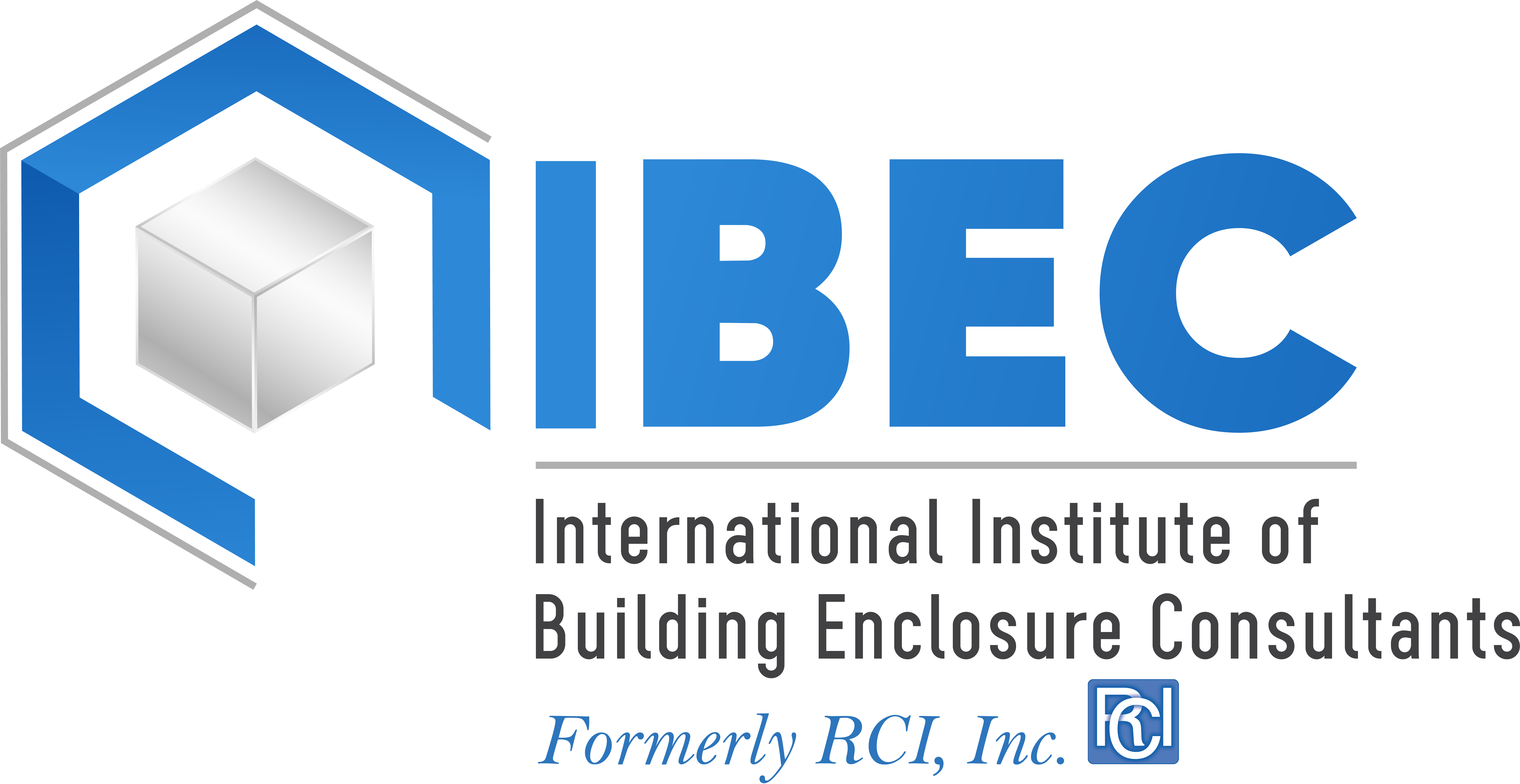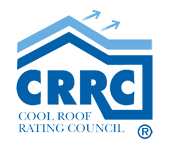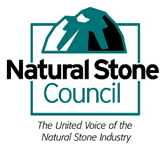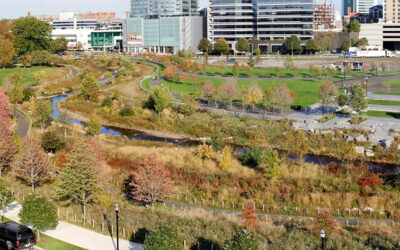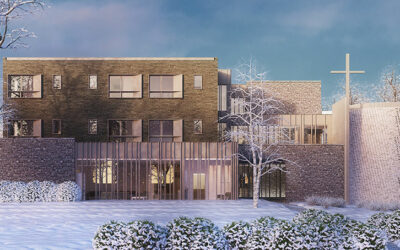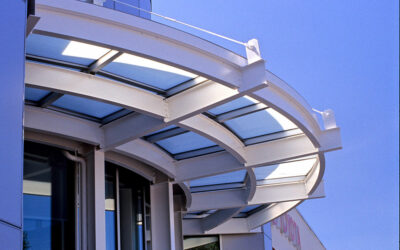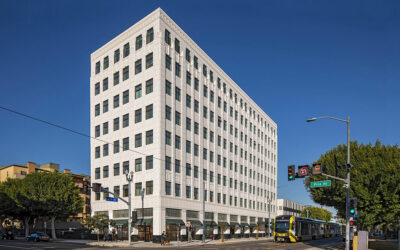Landscape architects are some of the best-equipped professionals to address climate challenges – and help slow, or in some ways reverse, rising temperatures and greenhouse gas emissions. They plan and design low-carbon pedestrian and bicycle-friendly communities. They design green roofs, green complete streets, and other forms of green infrastructure that both sequester greenhouse gases and manage water. They help communities understand and respond to the diverse threats posed by coastal and inland flooding, extreme heat, and wildfires – all made worse and more frequent by climate shifts.

- Case Studies
- Sustainable Communities
- Guide and Resources
- Articles
- Topics
- Acoustics
- Affordable Housing
- Biomimicry
- Biophilic Design
- Building Envelope
- EPD
- Daylighting
- Interior Design
- Landscape Architecture
- LEED
- Living Building Challenge
- Living Labs
- Modular
- Passive House
- Placemaking
- Resilient Design
- Re-use in facility design
- SITES
- Specification
- Stormwater Management
- Wellness
- ZNE and Zero Carbon
- Facility Type
- Sustainable Building Materials
- Air barriers and moisture barriers
- Architectural coatings
- Air barriers and moisture barriers
- Anodizing
- Antibacterial and antimicrobial coatings
- Anti-graffiti coatings
- Concrete coatings
- Concrete floor coatings
- Concrete polishing
- Exterior coatings
- Fire-resistive coatings
- Floor coatings
- Interior paints
- Low-e coatings
- Metal coatings and finishes
- Powder coatings
- Roof coatings
- SPF
- Waterproofing
- Brick
- Canopies
- Ceilings
- Cladding
- Closures
- Concrete
- Concrete repair
- Curtain walls
- Doors
- Double-skin façades
- Façades
- Fenestration
- Fire-resistant building materials
- Floors
- Glass
- Green walls
- Gypsum
- Insulation
- Interior paints
- Laminate
- Masonry
- Metal
- Outdoor surfaces
- Photovoltaic
- Rainscreen
- Roofing
- Skylights
- Specification software
- SPF
- Stone
- Storefront
- Tiles
- Walls
- Wallcoverings
- Waterproofing
- Window film
- Windows
- Wood
Select Page







